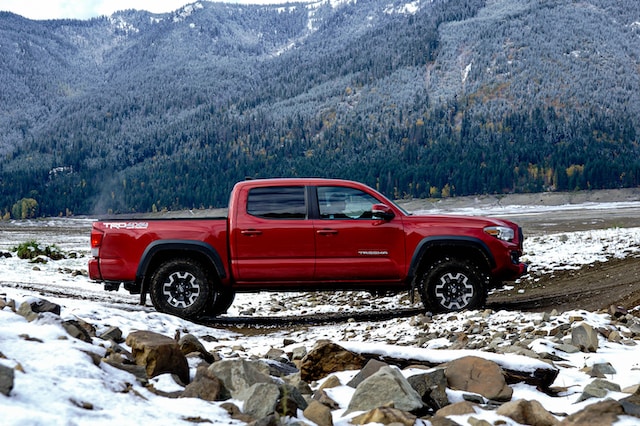To ensure your tyre maintenance regime is up to scratch and your tyres really go the distance, it is important to rotate them every 8,000 kilometres or so.
Regular rotation means your tyres will wear more evenly because not every area of your car receives the same level of stress. For example, your front tyres generally receive more of the braking force as they are required to stop your car from travelling forward.
Not only that but the weight of your car is not distributed evenly either, so more pressure is placed on some of your tyres while the others get off lightly. Again, it is your front tyres that bear most of the pressure, as the majority of the weight of your car is located at the front, where the engine is.
This means, generally speaking, your front tyres will wear out more quickly than your back ones.
Your driving techniques may also have an impact on your tyre wear. For instance, some drivers take right turns faster than left, which places more of a load on the left tyre so it will wear more quickly.
How does rotating your tyres make them last longer?
Buying a good quality set of tyres will ensure they last longer as they are made using high-calibre materials and use the latest in modern technology.
However, they will still need to be rotated in order to take the pressure off your front tyres and equalise the natural wear patterns.
This means you will enjoy a smoother and safer ride.
When should I rotate my tyres?
Your manufacturer should be able to indicate just when your tyres need to be rotated, but otherwise, you can speak to a tyre specialist to ensure you are doing it at the appropriate time.
However, the Royal Automobile Club of Queensland (RACQ) say most tyres should be rotated every 10,000 km or sooner if you begin to notice uneven wear patterns.
The wear pattern may indicate your wheel alignment may need to be looked at or that your tyres are not inflated to the right pressure.
How can I rotate my tyres?
The way your tyres will be rotated depends on the type of vehicle you are driving. Most vehicles with all-season tyres require the tyres from the rear axle to be swapped with the ones on the drive axle and crossed to opposite sides of the vehicle. The tyres from the front are moved to the back but can stay on the same side.
Tyres with a directional design are rotated differently, with all tyres staying on the same side. They are rotated straight forward and back.
There is one more rule for four-wheel drive tyres as these should all be switched at the same side, in both a side-to-side and axle position swap.








